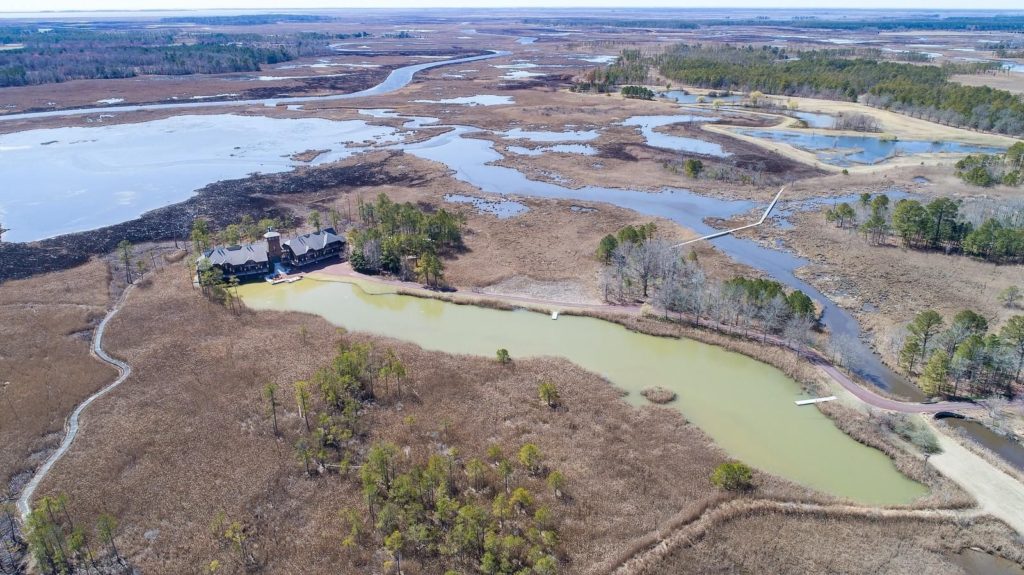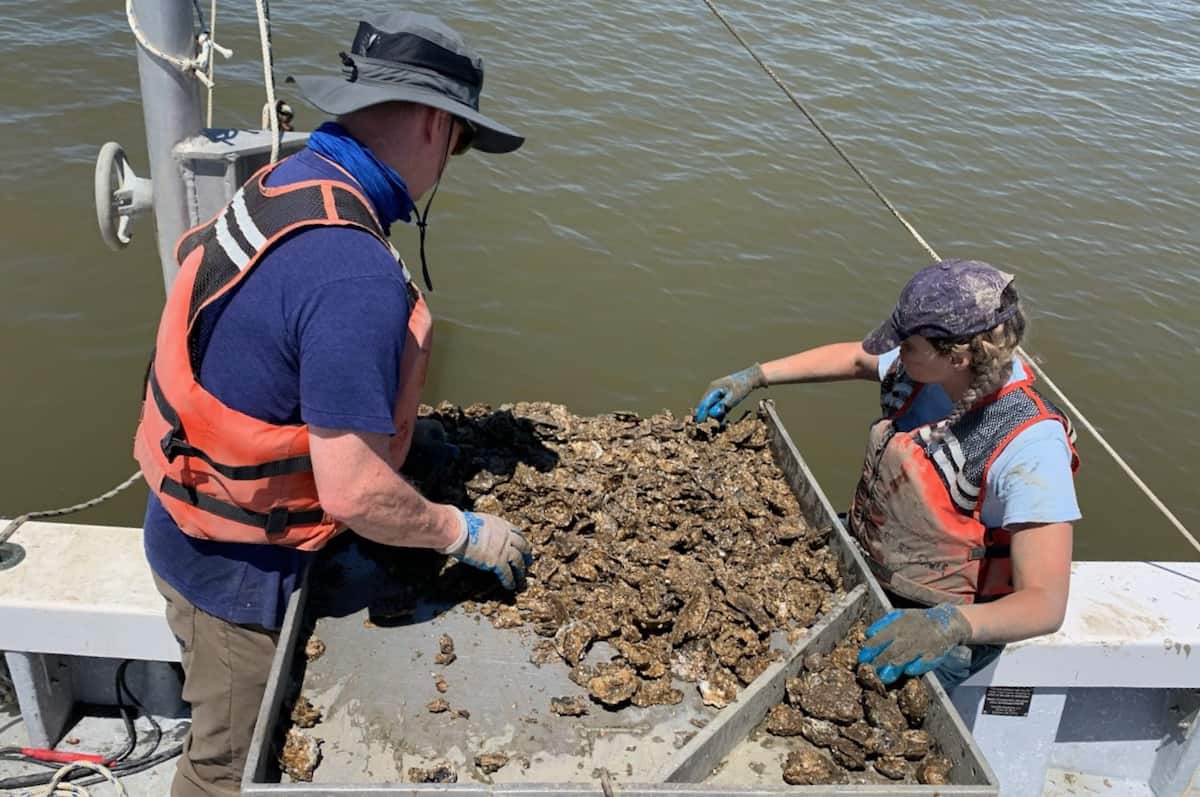Tudor Farms, built as the weekend retreat of a high-profile hedge fund billionaire in Cambridge, Md., now includes nearly 2,9000 acres of permanently protected land.
The Eastern Shore Land Conservancy (ESLC) announced a new 255-acre conservation easement that adds to the extensive protected lands on Tudor Farms’ property. The 10-mile waterfront property, adjacent to Blackwater National Wildlife Refuge, is special because it boasts “a perfect balance of agriculture, resource-based industry, and wildlife habitat,” ESLC says. Its farmland and wetlands make up one of the largest contiguous blocks of single-owner property on the Eastern Shore.
Tudor Farms was built in 1990 as a private mansion and hunting lodge with 11 bedrooms, 10.5 baths, eight fireplaces, an equestrian center, and several other outbuildings for Wall Street billionaire Paul Tudor Jones. He acquired the land piece by piece in more than two dozen parcels in the late 1980s, according to a real estate marketing brochure.
Back in 2011 it made real estate headlines as it was listed for sale at $30 million. The Christian youth organization Young Life later took ownership of it, and still owns the property to the east of Hurlock Creek. In 2020, they sold all of Tudor Farms west of Hurlock Creek to Hartland Holdings LLC. Hartland Holdings also manages the farming and hunting for Young Life’s portion, as well, ESLC’s David Satterfield tells Bay Bulletin.
This new easement is the third on the Tudor Farms property (the first two were placed in 1991 and 2002) to be protected. In a statement, ESLC says it ” applauds Hartland Holdings, LLC for their dedication to conservation work and hopes to work with them on continued protection of this beautiful and valuable conservation resource.”
This easement falls in line with ESLC’s Delmarva Oasis Initiative, which aims to preserve 50 percent of the Delmarva Peninsula by 2030. The conservancy says so far, about 34 percent of land on the Eastern Shore has been preserved.
–Meg Walburn Viviano




